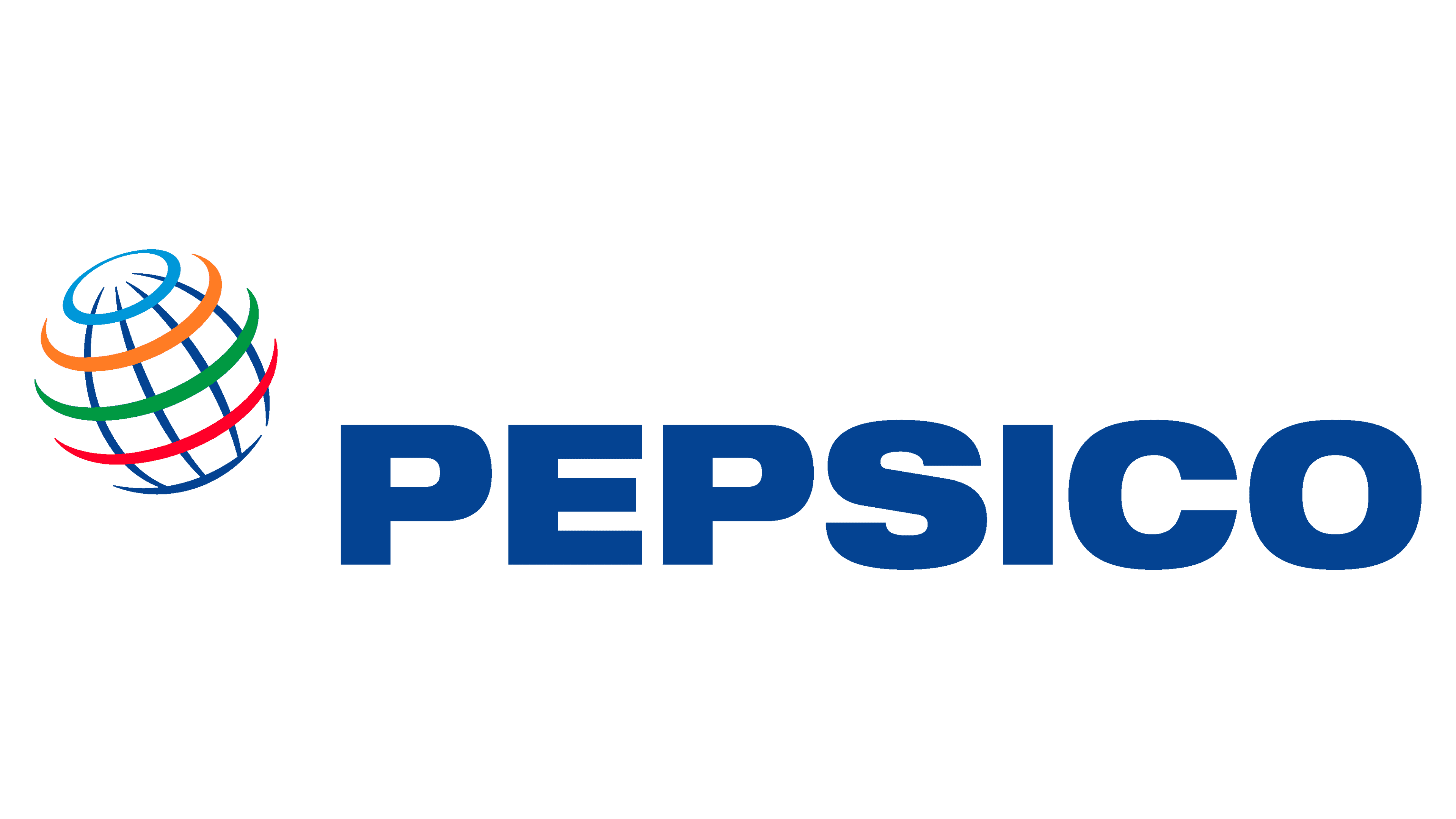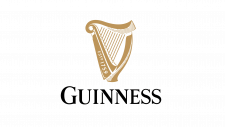PepsiCo Logo
PepsiCo produces a wide range of tasty and healthy drinks and food s, including over 20 brands, each of which brings over a billion in sales. The company regularly adds new brands to the list thanks to purchases of other companies. Its divisions include Frito-Lay, Tropicana, 7-Up International, Pepsi, Mug Root Beer, Quaker Oats, and Gatorade. They were the first to come up with an idea to create an advertising song. It was written during the Great Depression, became a hit, and was translated into 55 languages. In the wake of a popular status in the 1940s, Pepsi-Cola surpassed competitors, such as Dr. Pepper and Royal Crown, and became the second soda in the US. This situation has remained the same to this day.
Meaning and History
The recipe for the beloved drink appeared in 1898 thanks to a pharmacist Caleb Bradham, who owned a small pharmacy in North Carolina. It was meant as a means to improve digestion and uplift mood. Bradham named it Brad’s drink. Soon, he renamed it Pepsi-Cola, due to the content of pepsin (an enzyme that improves digestion) and kola nuts in it. In 1903, Bradham registered the Pepsi-Cola trademark and began selling his drink to local pharmacies and shops. By 1910, Pepsi was sold in 24 states of America. By 1956, Pepsi was sold worldwide and produced in 149 factories in 61 countries. The historic merger of the company created by Bradham and Frito-Lay took place in 1965, giving birth to PepsiCo.
What is PepsiCo?
The PepsiCo company is recognized for its wide selections of non-alcoholic drinks and snacks. Most obviously, it is associated with the Pepsi-Cola drink. It was the first in many ways, for instance, Pepsi was the first soda to be promoted in outer space.
1965 – 1985
When PepsiCo was formed, it required an emblem. The designers used an existing emblem for the Pepsi drink and create a new brand image. It was done in blue, white, and red colors, which were used to color a circle in three wavy stripes. The brand name was printed in dark purple across the white stripe running through the center. All the letters were uppercase but the “P” and “C” were extended below the other letters, which made them appear capitalized. The word “Pepsi” was underlined by a line going from “P” to “C”. Under the “O”, the emblem featured a small “INC.” inscription. The logo looked stylish and without any unnecessary, overwhelming details.
1985 – 2001
The new logo was a remake of the original. It featured the name done in the same style but now in light gray and with nothing in the background. The three-colored circle was now styled as a globe. It was placed instead of the dot above the “i” and had straight lines (latitudes) separating the colors. The logo looked stylish although the globe icon looked a bit out of place.
2001 – Today
One of the reasons why a new logo appeared in 2001 was the purchase of Quaker Oats, a cereal company, along with its sports drinks division, Gatorade. It was drawn by Landor Associates who made sure to create a modern look, while not forgetting about the company’s roots. A new bold, sans-serif font of a deep blue color, which drew a connection to the original, gave it a fresh look. The globe was completely redrawn. It looked three-dimensional and bigger and was placed in the upper left corner. The globe had multicolor latitudes and dark blue longitudes. It embodied the diversity of brands this company owned and the international reach.
Font and Color
The original color palette reminds of the US flag as it featured red, white, and blue. In 1985, the designers added a neutral, light gray. It was not until 2001 that the designers introduced several more colors, which were mainly seen in the globe icon. Since the foundation and until the beginning of the new century, the emblems had the same sans-serif font that featured straight lines, smooth curves, and straight cuts. The logo introduced in 2001 used Neue Helvetica Extended Black typeface.















